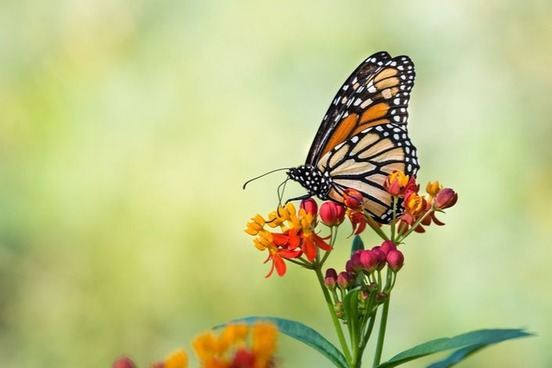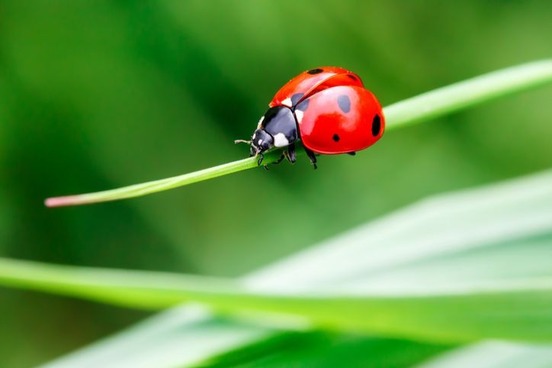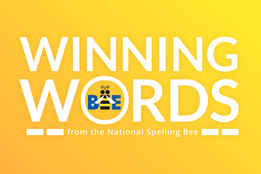: a small, largely arboreal mammal (Ailurus fulgens of the family Ailuridae) that resembles the American raccoon, that is found from the Himalayas to China, and that has long rusty or chestnut fur with dark underparts, a long bushy tail with rings, and a white face and inner ears with a dark stripe from the corners of the eyes to the lower jaw
Though bamboo is among its fave foods, the red panda is not related to the most famous bamboo-eater, the giant panda. We don't know how their names go over at home—the red panda's territory includes the giant panda's hangouts in central China but is larger, extending from the Himalayas—but the fact that the red panda is also called the "lesser panda" can't feel good. But worse than "lesser" is the fact that it's not even a panda. While it was once considered a relative of the giant panda, the red panda is now considered to be more closely related to raccoons, skunks, and weasels.






















